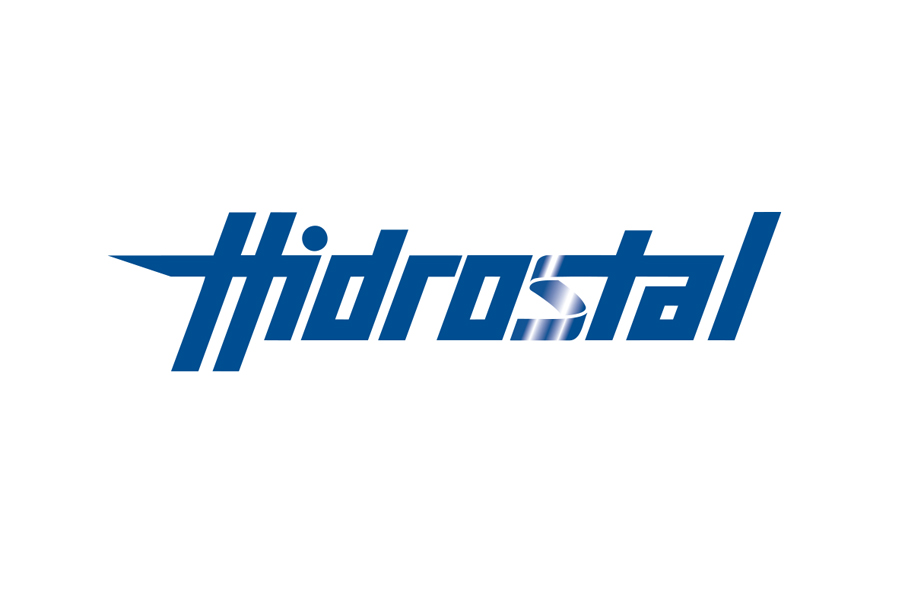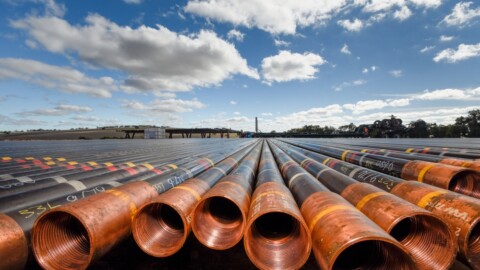There are numerous cast iron sewer pipes still in service around Melbourne, which have served the city and the suburbs well. However, with age, these pipelines have corroded and have needed to be replaced and upgraded. The Hawthorn sewer main, in a bustling suburb just 7km from the CBD, was one such pipeline that needed relining. The challenge for Melbourne Water was how to set up a 350mm diameter bypass sewer line, without interrupting traffic flow across busy Power Street.
Fortunately, there was an open stormwater drain running under the road and the engineers discussed the possibility of using this drain in which to locate a bypass pipeline.
This drain, however, was also built many years ago with bricks and cement, and would not be able to sustain the weight of heavy equipment without suffering major structural damage.
The drain was also very sinuous, so rigid poly pipe was not a viable option as a bypass solution. Another complication was that there were also only two areas along the 800m section of drain that could be used as access points.
Peter Sherwood, the Victorian manager for National Pump and Energy (NPE), was consulted as he had undertaken many sewer bypass projects for water authorities, including four systems using layflat hose.
His experience and recent success using 12 inch layflat hose for the Melbourne Water uncontrolled spills project at the Croydon main sewer was referred to.
In the Dandenong Creek near Croydon, Mr Sherwood had proven the benefits of using the Crusader Hose layflat hose for a similar application.
Mr Sherwood arranged for the engineers to visit Crusader Hose, a pioneering Australian manufacturer of layflat hose. Melbourne Water engineers had identified a high risk of using flexible hose for the sewage bypass in the case of failure in the Hawthorn project.
“It would be catastrophic to have all that sewage in an open drain in case of a hose burst,” they told Francois Steverlynck, the Managing Director of Crusader Hose.
A visit to the factory was arranged for their subcontractors, during which all the strengths and safety margins using quality Australian-made hose were shown.
“This included showing them the secure couplings and abrasion resistance test results,” Mr Steverlynck said.
Crusader Hose not only pioneered the development of layflat hose in Australia, but also manufactures reel systems to deploy and recover the hose.
A lightweight and easy to use reeling system was demonstrated so that the layflat pipeline could be easily installed without any risk of damage to the open stormwater drain.
“We proved to them the success of layflat and were very happy to get approval,” Mr Steverlynck said.
Whilst NPE set up its pumps, the pipeline was deployed and all couplings were connected in two days with minimum fuss.
Mr Sherwood carried out his pre-operational checks and raw sewage was pumped through his BA300 wastewater diesel pumps at flow rates between 100 to 300L per second for five days whilst the main sewer relining took place.
“There was no traffic flow loss across Power Street during this time,” Mr Sherwood said.
“All in all, the layflat hose once again proved itself as a successful alternative for sewage pumping when poly pipe cannot be used.”
This partner content was brought to you by Crusader Hose. For more information, visit https://www.crusaderhose.com.au/.
















